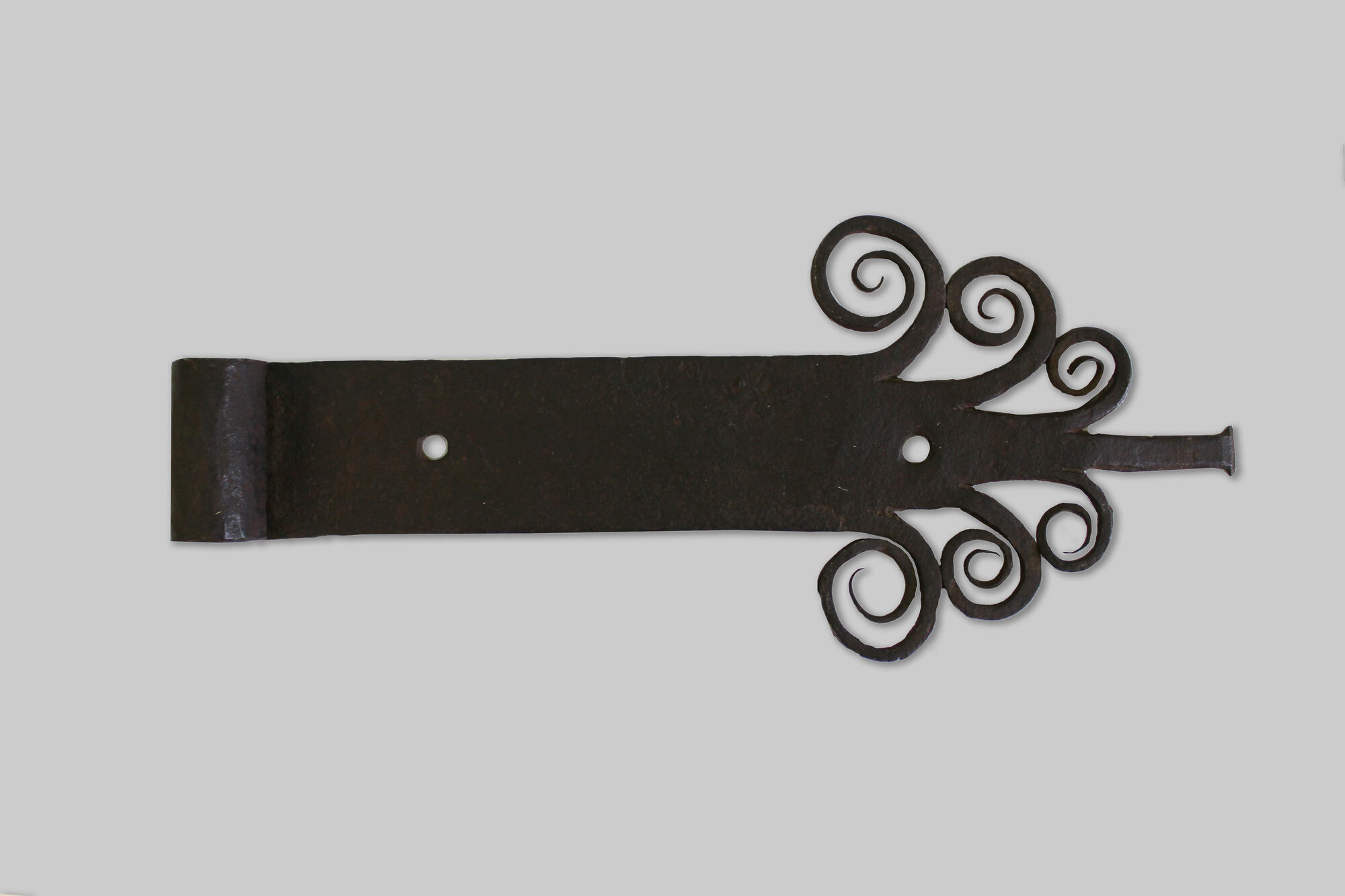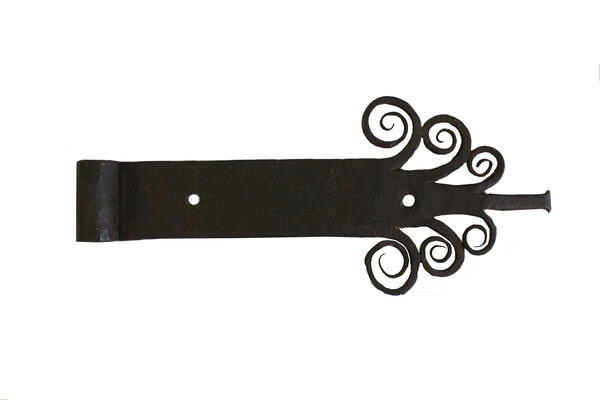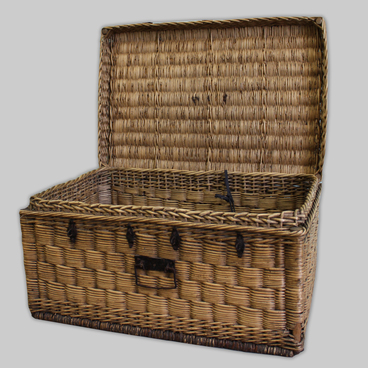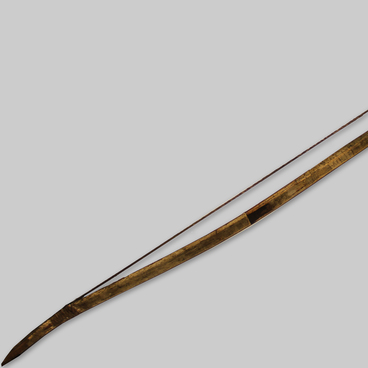Door hinges — a type of hinge. This mechanism has long been used for attaching doors to a door frame, so that it opens and closes. Modern door hinges are distinguished by the method of installation, direction of opening, weight of the door and classified according to the established GOST (governmental standard).
Now, it is impossible to imagine a door without hinges, and it seems that it has always been so. However, it is still unknown who invented this. The oldest hinges — dated back to somewhere 1600 BC — were found on the gates of Hattusa, the capital of the ancient Hittite Kingdom, now known as Turkey. Hinges were also used in Ancient Egypt and Ancient Rome.
Yeniseysk played a major role as commercial and industrial center not only of the Yenisey province, but also the entire Eastern Siberia. Since the 60s of the XVIII century, it had been an annual fair that brought together Siberian and Russian merchants. They brought all sorts of goods, in return for which they purchased furs. When the Irbit fair started, the value of the Yeniseysk fair fell.
However, Yeniseysk did not lose its industrial significance — the city was still famous for its artisans and craftsmen. Yeniseysk people were known as painters, carvers, carpenters, armourers, and especially as experienced and skilled blacksmiths. Blacksmithing flourished there — iron was produced in significant quantities from nearby ores. Yeniseysk supplied Irkutsk, Tomsk, Barnaul, Biysk and other cities its axes, nails, coulters and other forged items. For example, in 1820, up to 6 thousand pounds of iron in various crafts were taken from Yeniseysk district to Irkutsk district. In 1833, this volume was already 30 thousand pounds.
In the 80s of the XVIII century, there were about 40 smithies in the city, in which 80 blacksmiths worked. Five of them had ore-smelting furnaces. All the smithies were located at one place — across the Melnichnaya river on Kuznechnaya street.
The door hinge presented at the exhibition is made of local iron ore and is an excellent example of high-quality work of Yeniseysk blacksmiths. It was found on the banks of the Yenisey and Melnichnaya river. The Museum received hinges on December 26, 1991 from pupils of school № 1.
Now, it is impossible to imagine a door without hinges, and it seems that it has always been so. However, it is still unknown who invented this. The oldest hinges — dated back to somewhere 1600 BC — were found on the gates of Hattusa, the capital of the ancient Hittite Kingdom, now known as Turkey. Hinges were also used in Ancient Egypt and Ancient Rome.
Yeniseysk played a major role as commercial and industrial center not only of the Yenisey province, but also the entire Eastern Siberia. Since the 60s of the XVIII century, it had been an annual fair that brought together Siberian and Russian merchants. They brought all sorts of goods, in return for which they purchased furs. When the Irbit fair started, the value of the Yeniseysk fair fell.
However, Yeniseysk did not lose its industrial significance — the city was still famous for its artisans and craftsmen. Yeniseysk people were known as painters, carvers, carpenters, armourers, and especially as experienced and skilled blacksmiths. Blacksmithing flourished there — iron was produced in significant quantities from nearby ores. Yeniseysk supplied Irkutsk, Tomsk, Barnaul, Biysk and other cities its axes, nails, coulters and other forged items. For example, in 1820, up to 6 thousand pounds of iron in various crafts were taken from Yeniseysk district to Irkutsk district. In 1833, this volume was already 30 thousand pounds.
In the 80s of the XVIII century, there were about 40 smithies in the city, in which 80 blacksmiths worked. Five of them had ore-smelting furnaces. All the smithies were located at one place — across the Melnichnaya river on Kuznechnaya street.
The door hinge presented at the exhibition is made of local iron ore and is an excellent example of high-quality work of Yeniseysk blacksmiths. It was found on the banks of the Yenisey and Melnichnaya river. The Museum received hinges on December 26, 1991 from pupils of school № 1.



